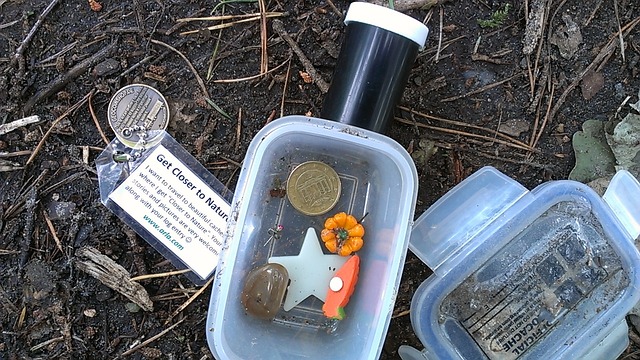Caching is a crucial aspect of building high-performance applications, and Spring Boot provides excellent support for integrating caching into your projects seamlessly. In this article, we will explore how to leverage Spring Boot’s caching capabilities effectively. We will cover the basics of caching annotations, configuration, and provide practical examples to help you implement caching in your Spring Boot applications.
- Setting Up Caching Dependencies:
To get started with Spring Boot caching, you need to include the necessary dependencies in your project. Spring Boot provides built-in support for multiple caching providers such as Ehcache, Redis, and Caffeine. Include the appropriate caching provider dependency in your project’s build file (pom.xml for Maven or build.gradle for Gradle).
For example, if you want to use Ehcache as your caching provider, include the following dependencies in your Maven project:
<dependency>
<groupId>org.springframework.boot</groupId>
<artifactId>spring-boot-starter-cache</artifactId>
</dependency>
<dependency>
<groupId>org.ehcache</groupId>
<artifactId>ehcache</artifactId>
</dependency>
- Enabling Caching in Spring Boot:
To enable caching in your Spring Boot application, you need to add the@EnableCachingannotation to your main application class. This annotation enables the caching infrastructure and activates the caching support within Spring Boot.
@SpringBootApplication
@EnableCaching
public class YourApplication {
// ...
}
- Caching Annotations:
Spring Boot provides several caching annotations that you can use to cache method results, evict specific entries, or conditionally cache data. Let’s explore the most commonly used annotations:
a. @Cacheable:
The @Cacheable annotation is applied to methods and indicates that the result should be cached. If subsequent invocations of the method are made with the same arguments, the cached result is returned instead of executing the method body.
@Cacheable("books")
public Book findBookById(Long id) {
// Method implementation
}
b. @CacheEvict:
The @CacheEvict annotation is used to remove specific entries from the cache. It can be applied to methods to evict entries based on different conditions, such as evicting all entries or a specific entry by key.
@CacheEvict(value = "books", allEntries = true)
public void clearBookCache() {
// Method implementation
}
c. @CachePut:
The @CachePut annotation is used to update or add entries to the cache regardless of whether the method result is already cached or not.
@CachePut(value = "books", key = "#book.id")
public Book saveBook(Book book) {
// Method implementation
}
- Configuring Caching Providers:
Spring Boot offers seamless integration with various caching providers. To configure a specific caching provider, you can leverage Spring Boot’s auto-configuration capabilities by providing the required properties in the application.properties or application.yml file.
For example, to configure Ehcache as your caching provider, add the following properties in the application.properties file:
spring.cache.type=ehcache
spring.cache.cache-names=books
- Fine-Tuning Cache Settings:
Spring Boot allows you to fine-tune cache settings for optimal performance. You can configure cache-specific properties, such as time-to-live, maximum cache size, eviction policies, etc., based on the caching provider you are using.
For example, if you are using Ehcache, you can create an ehcache.xml file in the src/main/resources directory and define the cache configurations.
- Practical Examples:
Let’s explore a couple of practical examples to understand caching usage in Spring Boot:
a. Caching Method Results:
@Cacheable("books")
public Book findBookById(Long id) {
// Method implementation to fetch book from the database
}
b. Conditional Caching:
@Cacheable(value = "books", condition = "#price > 50")
public List<Book> findExpensiveBooks(Double price) {
// Method implementation to fetch expensive books from the database
}
c. Evicting Cache Entries:
@CacheEvict(value = "books", key = "#id")
public void deleteBook(Long id) {
// Method implementation to delete book from the database
}
Conclusion:
Caching is a powerful technique for enhancing the performance of your Spring Boot applications. By utilizing Spring Boot’s caching annotations and configuration options, you can easily integrate caching into your projects. This article provided an overview of the key concepts, caching annotations, and practical examples to help you get started with Spring Boot caching.
Remember to analyze your application’s caching requirements and choose the appropriate caching provider based on your specific use case. Experiment with different caching strategies and settings to optimize the performance of your Spring Boot applications and deliver a faster, more responsive user experience.
Discover more from GhostProgrammer - Jeff Miller
Subscribe to get the latest posts sent to your email.

